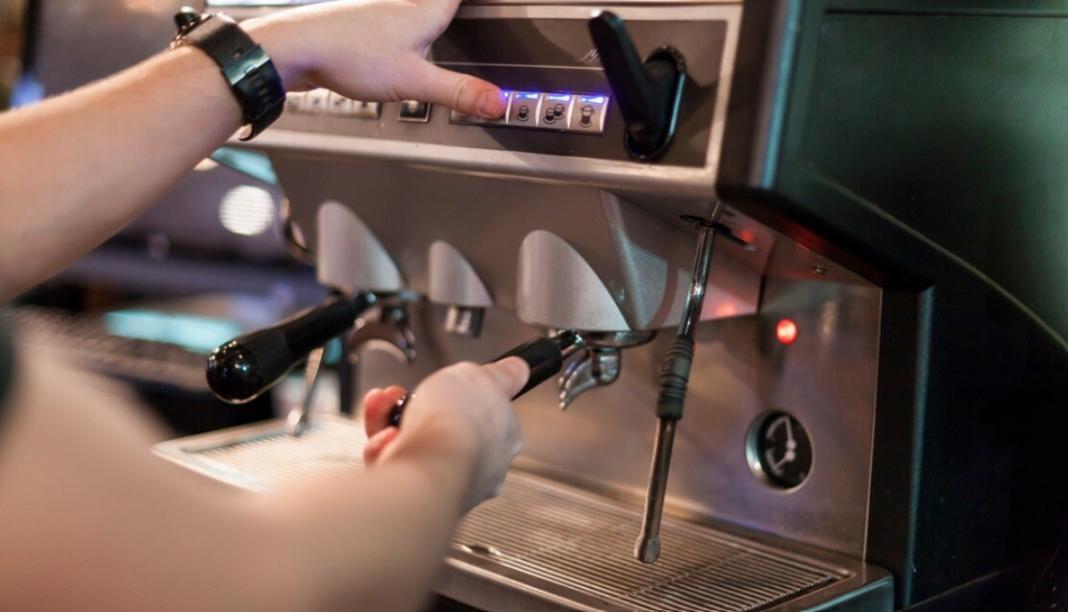Commercial soft-serve machines have come a long way since their inception. In a world where food customization is increasingly becoming popular, commercial soft-serve machines have truly carved a niche for themselves. This text dives deep into the history of these machines, how they have transformed over the years, and their potential future in the food industry.
Just as the wheel, electricity, and the Internet have revolutionized human life, the soft-serve machines have greatly changed the dynamics of the food and beverage industry. From their initial usage in making soft-serve ice creams to their modern-day utilization of a plethora of culinary preparations, the journey of commercial soft-serve machines has been truly remarkable.
Historical Beginnings: The Genesis of Soft Serve Machines
The story of soft serve machines began in 1938 when two enterprising men, Tom Carvel, and J.F. McCullough, independently developed the concept of soft serve ice cream. Carvel invented a super-low-temperature ice cream machine, while McCullough focused on a different principle – the air-whipped process to create ice cream with a smoother texture and richer flavor. This laid the foundation for commercial soft serve machines.
With their invention, began a wave of innovation and implementation across the food industry. In the years following its invention, the soft serve machines quickly found their place in various restaurants, movie theatres, and malls, efficiently serving palatable treats to customers. Today, it’s hard to imagine any dessert parlor without a soft serve machine.
Not Just for Ice Cream: The Diverse Utility of Soft Serve Machines
Original soft-serve machines were invented primarily for ice cream which offered a smoother texture and creamier flavor. However, with continuous evolution, the machines found themselves being used beyond just ice cream. Today, soft serve machines have diversified uses as they are used to churn out a variety of other culinary delicacies including frozen yogurt, gelato, custard, and fruit sorbets among others.
In addition to diverse products, modern soft serve machines also allow for numerous mix-in possibilities including nuts, candy pieces, and fruits. The ability to mix multiple flavors or create unique mix-and-match options has only added to the popularity and utility of these machines in commercial settings.
Progression of Technological Advancements
Like all aspects of the modern world, technology hasn’t spared commercial soft-serve machines. Over the years, these machines have seen vast improvements in terms of functionality, efficiency, and sustainability. Earlier versions of the machines had limited functions, tended to overheat, and were not eco-friendly.
Modern soft serve machines, on the other hand, are more energy-efficient, digitally controlled, and are built to meet health and safety regulations. They are designed for consistent performance, reliability, and longevity. Notable innovations include the introduction of machines with self-pasteurizing capabilities, dual refrigeration systems, and hopper agitators enhancing both usability and profitability.
Contemporary Soft Serve Machines: Today’s Industry Titans
As per Market Research Future, the global soft-serve machine market is poised to grow at a significant rate due to increasing demand for frozen desserts, which has led to the dominance of some key players in the market. Companies like Taylor, Stoelting, Electro Freeze, and Spaceman have made significant strides in the development and commercialization of soft serve machines.
These companies continuously strive to innovate, offering a variety of models to suit all types of businesses, from small kiosks to busy ice cream parlors. Whether it’s offering machines with adjustable firmness levels, automatic timers, or heat treatment functionality, these industry titans have revolutionized the commercial use of soft serve machines.
Health and Safety Regulations: Meeting the Mark in Commercial Soft Serve Machines
As with any food-processing equipment, health and safety regulations play a pivotal role in shaping the design and functionality of commercial soft-serve machines. These machines are entrusted with serving consumable products, thus maintaining hygiene and controlling temperature are of utmost importance.
Modern machines are designed to prevent the growth of bacteria, keep the soft serve at a precise temperature, and enable easy cleaning and maintenance. For instance, Taylor’s Crown Series machines are NSF International certified, a testament to their commitment to meet stringent health and safety standards.
The Sustainable Drive for Tomorrow’s Soft Serve Machines
The shift towards sustainability is evident in all industries; the commercial soft-serve machine industry is no exception. Demand is quickly rising for machines that consume less energy, use eco-friendly refrigerants, and reduce product waste. For instance, the Green Line by Cattabriga boasts of saving on electricity bills, using eco-friendly gases, and reducing product wastage.
While the days of bulky, energy-draining machines aren’t entirely over, change is certainly on the horizon. As this push towards sustainability continues, it will be interesting to see how manufacturers respond to these evolving demands in their future models.
Going Digital: Future Technologies Shaping Soft Serve Machines
The commercial soft serve machines of the future are set to be smarter and more connected than ever before. The integration of artificial intelligence (AI), the Internet of Things (IoT), and automated operation is imminent. Predictive maintenance, based on AI algorithms, will allow operators to conduct repair and maintenance proactively, significantly reducing downtime.
Moreover, imagine a machine that can serve a customer without human intervention or a machine that can even place an order for ingredients when they run low – that’s the kind of future we’re looking at for commercial soft-serve machines. With the rapid technological advancements seen today, this future may not be very far.
Complementing Your Business with the Right Soft Serve Machine
Aiming to incorporate a soft serve machine into your business operations? The variety of types, features, and prices can be overwhelming. It’s crucial to consider key factors such as business type, customer volume, desired features, and budget when choosing a machine.
For small businesses or those just starting, a countertop model with basic features might suffice. For bustling operations, a floor model machine with advanced features like self-pasteurizing capability, heat treatment functionality, and digital controls would be a better fit. The end goal is to find a machine that works seamlessly with your business operations and increases profitability.
Conclusion
From their humble beginnings as simple ice cream makers to the advanced, multi-functional machines we see today, commercial soft serve machines have come a long way. While technological advancements and regulations have shaped their evolution, their unmatched utility in the food industry remains undeniable.
You may also like to read,







